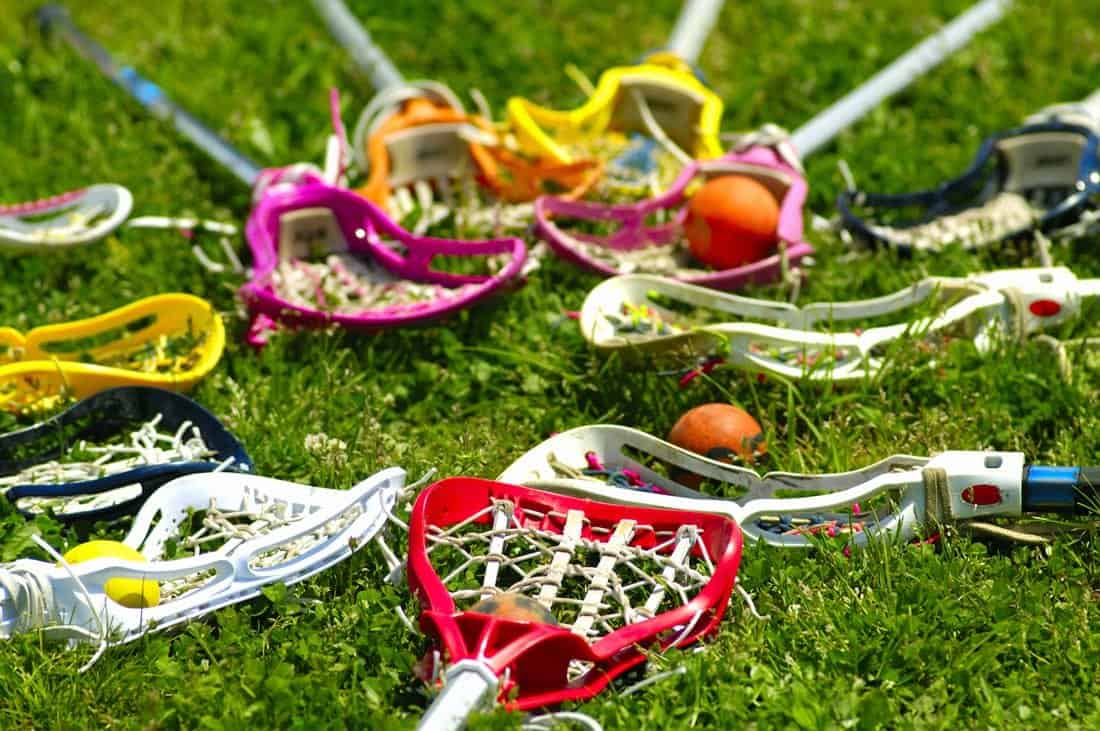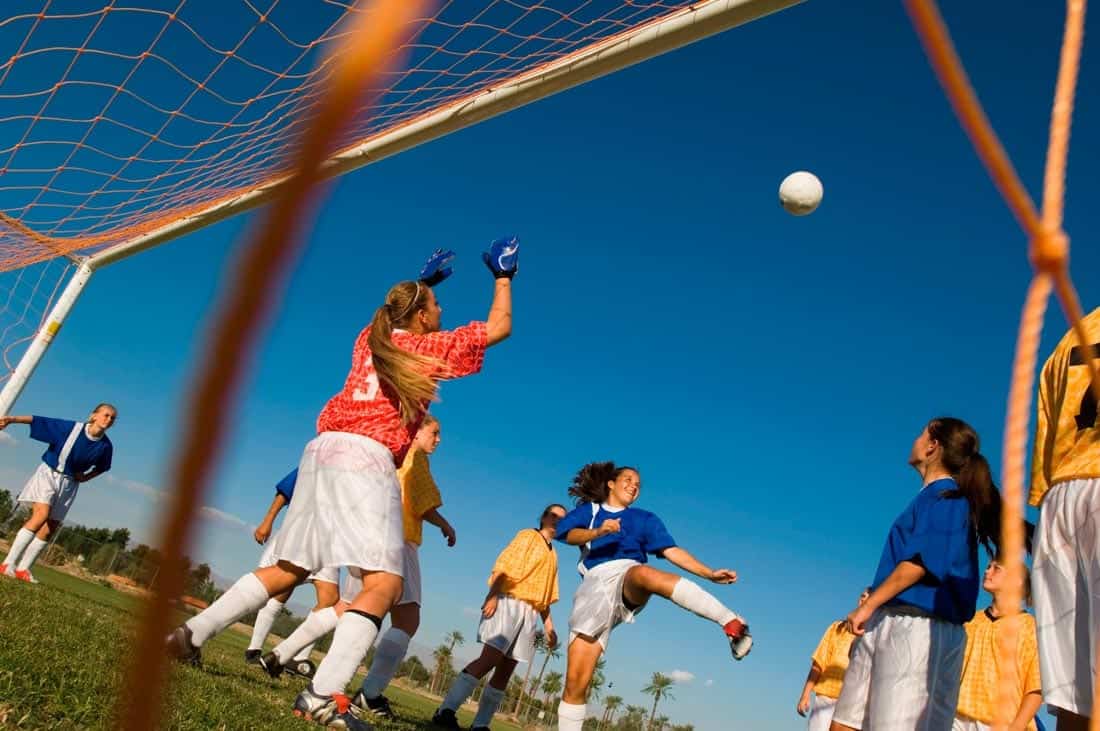The Good, the Bad and the Ugly
By Bo Hanson – 4x Olympian, Coaching Consultant & Director of Athlete Assessments
Today, pre-season camps are an important part of the sports program for professional and amateur teams around the world. At their best, pre-season camps can deliver a necessary anchoring experience. In the tough moments of the season’s competition, the team can draw from the camp and find what is needed to deliver a win. At worst, the team is anchored to an experience which reminds them of their short comings, embarrassed them in front of their peers and at its ugliest, put them out for the season with an injury. This article explores what creates a successful pre-season camp or team building exercise, the best activities to include, what organization is required and what the overall objective of any pre-season camp should be.

Pre-Season Sport Camps Today
From many of the stories we hear, it seems that coaches planning pre-season camps, design them to test the ‘mettle’ of their athletes in as obscure a method as possible. What I mean by this is, the camps seeks to see how ‘mentally tough’ their athletes and team is, in the face of adversity and never before seen challenges. Often these challenges have no relevance to what their athletes have to do in the competition arena.
What this usually creates, is a camp atmosphere which becomes highly appealing to a certain behavioral style (Dominant Style) who love new challenges and pushing the limits. This population of D style athletes is roughly 9% of most teams, so in actual fact a very small number of athletes. The majority of the team (Influence style, Steady style and Conscientious style athletes), respond best (and will play and compete at their best!) in situations where there is a higher level of security, certainty, safety and actual relevance to their sport.
Coaches, need to concern themselves less with testing the mettle of their athletes and trust that as an elite athlete, these athletes already possess a high level of mental toughness. Otherwise they would not have made it this far. Instead, coaches are better served to consider what their specific reasons are for having a team pre-season camp and what benefits they hope to receive from it. Being clear about this is the first stage of creating a successful camp.
Get your objectives right…
The real objectives of a pre-season camp could be as suggested below. Each one of these objectives can be achieved with the right planning.

1) Set Goals for the Season. Use the camp to determine what the season outcomes should be.
2) Set appropriate values, align behaviors to these values and ensure they relate to the goal to be achieved. The camp can mark the beginning of the creation or reinforcement of the team’s culture.
3) Develop understanding of your Team Dynamic. (This can only truly be quantified using the AthleteDISC Behavioral tool and the Team Reporting function). Use the camp to get to know and understand the diversity on your team, to a much deeper level. Also use the camp to help the athletes understand themselves and each other.
4) Test values and behaviors under the pressure of relatively intense activities which relate to the sport the athletes play. Ensure your strength and conditioning staff have had maximal input (or let them design the workouts) so that the activities are safe, useful and related to the athlete’s sport. Conduct proper debriefing discussions after the activities to ensure athletes can make the link between the agreed values, their behavior and the results created.
5) Challenge athletes mentally and physically. Choose your activities wisely by making sure you have a range of challenges so everyone can participate. The challenges you choose should rely on testing communication, teamwork, and conflict resolution and leadership skills to name a few. Activities should be physically challenging (heart rate, endurance, skills) but in the context of the environment the athlete needs to perform in.
For example, do not make athletes who rely on having explosive power, complete endurance based events that stretch over several hours, such as a long distance running event like orienteering. Also, do not choose a team based activity for athletes who compete in an individual sport as it would have no relevance. A healthy range of activities, linked to the skills and abilities needed in reality ensures all behavioral styles have the opportunity to naturally shine. You also need to ensure no activity embarrasses or makes any athlete feel unsafe, physically or emotionally. If this occurs, the athlete will resent the camp and it will become a negative anchor for them.
6) Make the camp realistic: Athletes are athletes. They are not military personnel. Sport has few realistic comparisons to the military in today’s world. Most athletes are not risking their lives when they play (even those who are in a contact sport). There are some instances when there are clear parallels and this makes for a useful exercise, however often a ‘one size fits all’ approach is taken with poor results. Military regimes are best left to the military. Making an athlete stay awake for 24 hours whilst on an endurance walk or seeing how long they can hold a weight above their head does not fit with any sport. Leave these exercises to the Survivor Reality TV shows.
7) What key information do you want your athletes to reflect on? Decide how you want your athletes to reflect back on the camp during the season. Would you like them to recall it as an incredibly fun time, where they learnt a lot about themselves and their team members and did some genuinely enjoyable activities which related to being a better team? Or would you prefer they recall their experience as a tortuous time that they hated, but only just got through and hopefully will not have to do that again…As you can imagine this is a critical aspect of how you plan the camp.
Where to from here?
Pre-Season camps are the ideal time to begin or accelerate the team development process. Keep in mind, team development is a process. It is not something that is done just once. Teams develop over a period of time and go through distinct stages on their way to, hopefully, becoming a high performing team. In reality, most teams never quite get there. They fall somewhere between the ‘storming’ and ‘norming’ stages (see the Stages of Team Development article for more information). A successful pre-season camp can be a major instigator to allow the athletes to bond in a positive way and appreciate the different ways in which they all can deliver to the team.
For more information on how to help your team start their season on the right track, you may find these articles valuable:
- Pre-Season Preparation and using the GRIP Model
- Best Practice Athlete Induction Programs
- The Stages of Team Development in Sport
- The People Side of Sport and Your Pre-Season Presentation
At Athlete Assessments, we’re here to provide you with excellence in service and here to help you be your best. If there is anything we can assist you with, please contact us.






2 thoughts on “Pre-Season Sport Camps – What the Best Teams Get Right”
Thank you for reminding that developing team performance takes time and passes through certain stages that only consistently attending sports camps can address. This is precisely what Uncle George should keep in mind when he goes back to coaching his kiddie baseball team. They’d have to attend as much sports camp as they could in order to experience playing with the most number of children’s teams as possible. Only this way could they get to gauge opponent teams and expose themselves to various styles and strategies in playing baseball–and have more chances of winning in the long run.
Thanks for your feedback, Angel. Glad this article has been valuable for you!